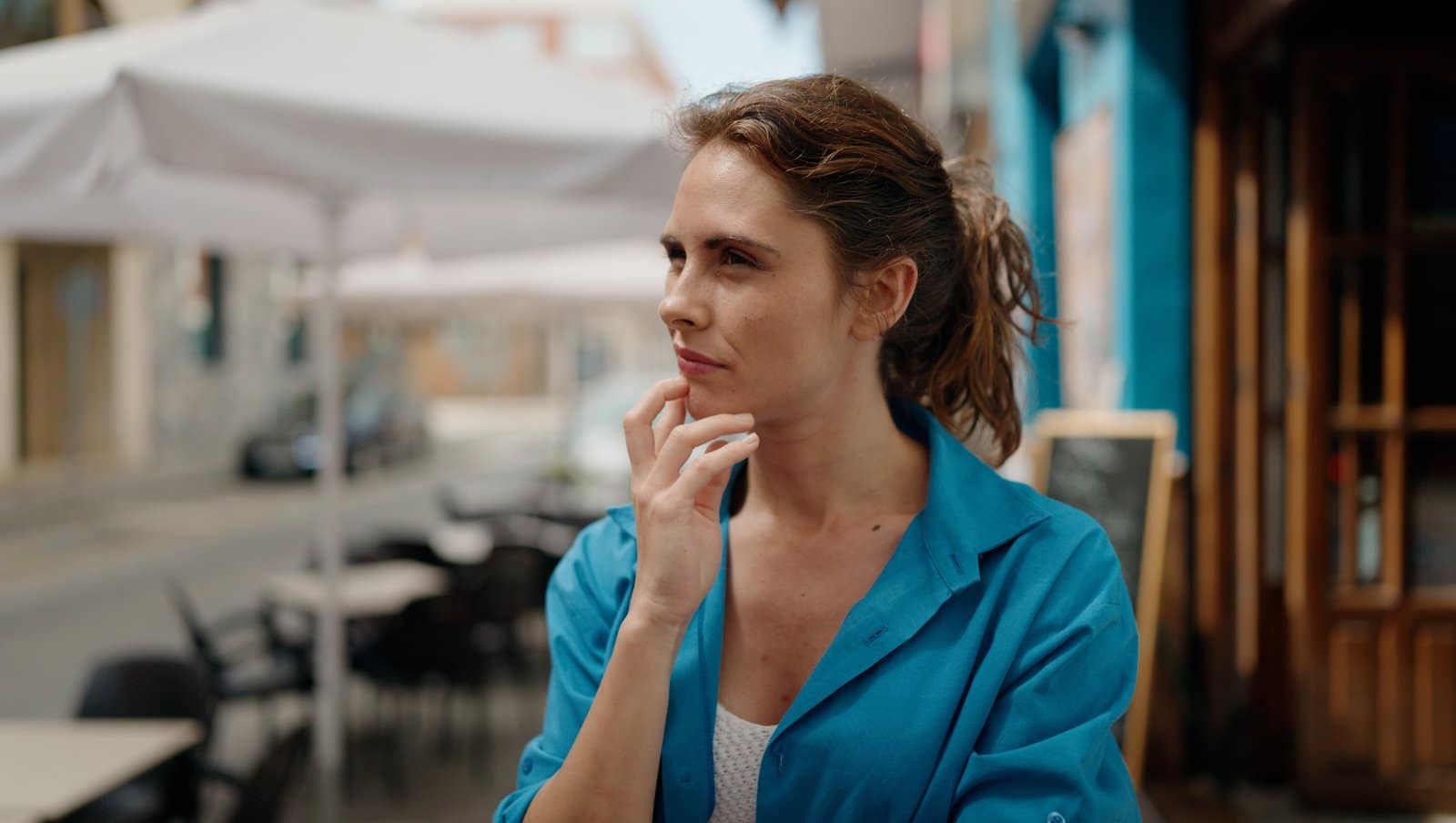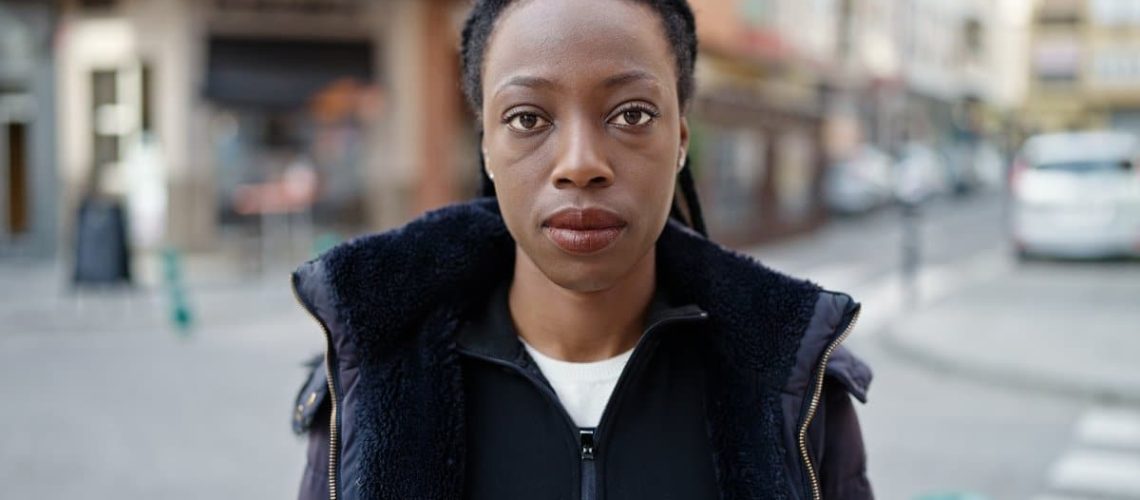To the average American, certain milestones in life are expected. Going to college, getting married, buying a house. But the weight of these traditional expectations have become crushing in modern times.
Outlook Not So Good

Going to school seems like a pathway to lifelong debt, finding love feels impossible, and buying a house is the punchline to a cruel joke. With faith certainly lacking in the strength of the US economy, many are scared for their own futures.
No Time for Kids

And in all the madness, with the public being so scared for themselves, some are forgoing one of the most pivotal milestones of all: having kids. After all, how can one even consider bringing a child into their home if they can’t afford a home.
Mishaps Happen

Life typically finds a way, however. Pregnancies happen, even when they are not planned. The most common solution to this tricky situation is to get an abortion. However, certain social and political obstacles are emerging.
Disproportionate Rates

This is especially true for Black women across the country. In fact, almost 60% of Black women living in the US reside in conservative states. These 7 million women are facing political agendas that aim to erase reproductive rights.
A New Study

The National Partnership for Women & Families released a study last Wednesday that a large number of Black women do not have proper access to abortion. The report was co-authored by pro-women of color organization In Our Own Voice.
What’s in an Age?

Data from the report showed that over half of the Black women between the 15 to 49 live in states that have banned or hope to ban abortions. The study reports that the ages of 15 to 49 are thought to be the reproductive age range for the average woman.
Roe v. Wading Through Politics

Prohibiting reproductive rights has been a popular trend amongst right-wing states, particularly in the American South. The rise in abortion outlawing has a direct link to the Supreme Court’s ruling to overturn the pivotal Roe v. Wade case.
It’s All Connected

In response to the mayhem, NPWF president Jocelyn Frye has spoken out, saying “In addition to abortion bans, they’re also concerned about things like economic opportunity and cost of living, racial justice, which are directly tied to the abortion bans,”.
The Cost of Freedom

Concerns also center around economic disparities. Many Black women within the reproductive age range are categorized as “economically insecure”. This could cause additional hurdles with accessing reproductive care that might prove too costly.
Cancel the Appointment

Additional factors that experts worry over involve the limit of allotted time off as well as abundance of in-state providers. Those who may need to pursue options out of state may not have the time or money to do so.
Other Things at Play

Frye also commented on the compounding of marginalized identities, stating that “When you look at the experiences of Black women, you can address a lot of different barriers that women face, whether it’s from race, gender — there are also women with disabilities,”.
Law vs. Culture

Gaps of healthcare based on race and other factors is nothing new in American history. However, solutions via legislation are not so simple. Cultural problems are often complex and embedded within any society.
Not So Fast

While passing laws can resolve obvious crises, social issues such as the relationship between race and healthcare can get lost. Noticing occurrences like this require understanding and valuing the experience of disenfranchised populations.
Weaving the Web

The report connected the dots that support this insidious relationship. Black people in the US were noted to also have lower access rates to opportunities in higher education as well as suffer through higher rates of poverty.
Women in Research

President of In Our Own Voice, Regina Davis Moss, joined Frye in making a statement about these aggregating issues in a report titled “State Abortion Bans Threaten Nearly 7 Million Black Women, Exacerbate the Existing Black Maternal Mortality Crisis.”
Left Behind

Davis Moss went on to make the following statement in response to the ongoing persecution. “Part of the history around these issues is that too often the experiences of women of color, specifically Black women, but Latinas, Native women, AAPI women, were ignored,”.
Remember, Remember, Election November

Organizations run by people like Davis Moss and Frye are fighting for the representation that Black women need and deserve. Hopefully, their efforts will continue to be supported nationally with the coming election in November.
The post Reproductive Care Crisis – Are Black Women Being Left Behind? first appeared on Pulse of Pride.
Featured Image Credit: Shutterstock / Krakenimages.com.

